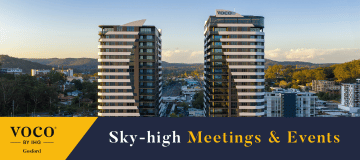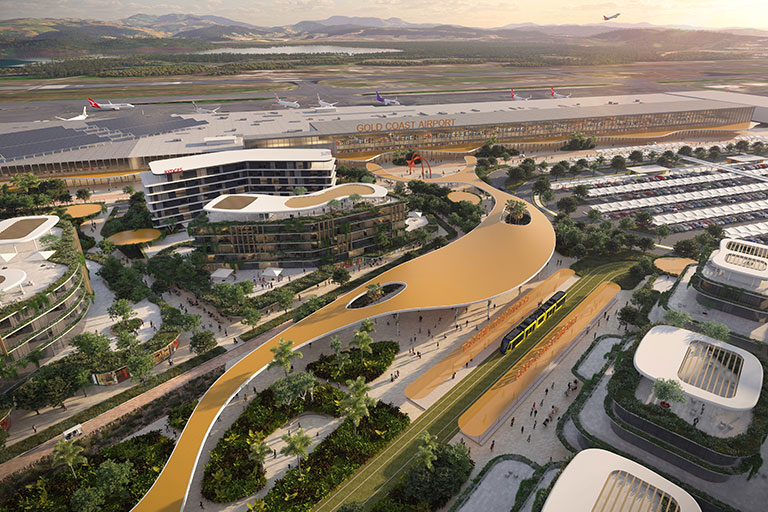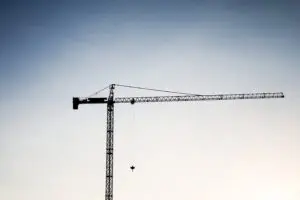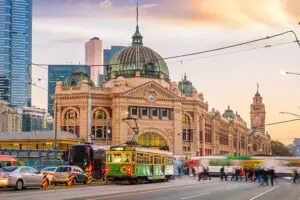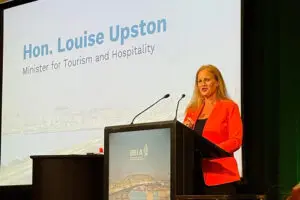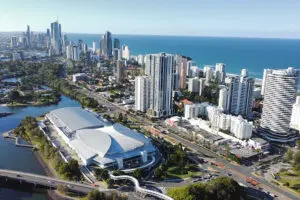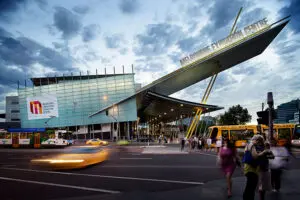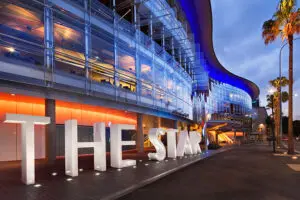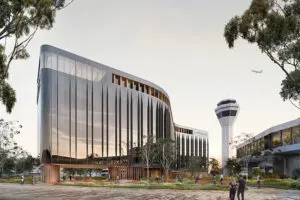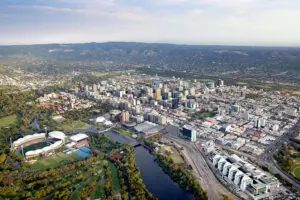Currently the airport services 6.2 million passengers each year. By the end of the period the master plan covers, that figure will have more than doubled to 13 million passengers. Between now and 2044, the economic impact facilitated by the airport will have grown from $514 million each year now to $965 million.
“We want to be more than an airport, we’re committed to creating a mixed-use precinct that would further benefit the local community, with the addition of a retail village, health and wellness hub and a conference and tech centre,” said Amelia Evans, CEO of Queensland Airports Limited, which also owns and operates the airports in Townsville, Longreach and Mount Isa.
“The upgrades proposed under this master plan are about embracing innovation and new technologies that will revolutionise air travel and enhance the customer experience.
“We’ve placed a strong focus on accessibility, ensuring the airport precinct is seamlessly connected with the rest of the city with the delivery of a public front-of-terminal plaza servicing both light and heavy rail,” she said.
Already one of Australia’s most popular business events destinations and in the midst of a boom of luxury hotel development and openings, greater accessibility from the Gold Coast Airport will further boost the region’s draw for business events organisers and delegates.
The new master plan also speaks to the airport’s goal of reaching net zero carbon emissions across its scope one and two emissions by 2030.
“This means driving initiatives that will reduce emissions such as the installation of solar panels, facilitating greater use of electric vehicles on the precinct and preparing for the transition to lower carbon aviation practices such as Sustainable Aviation Fuel,” said Evans.



